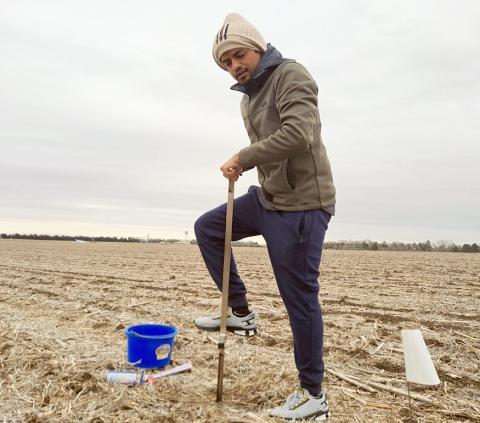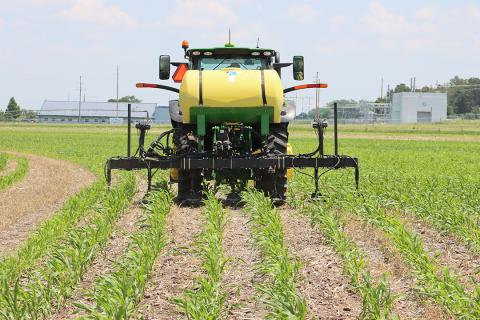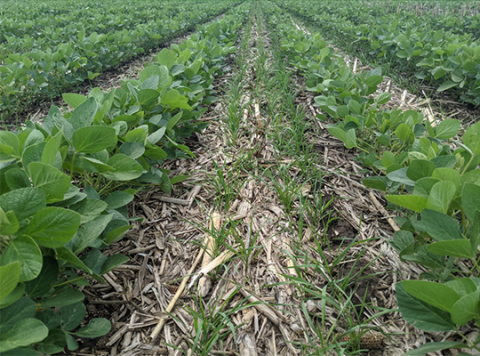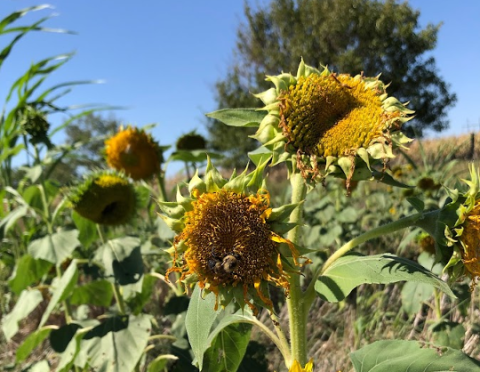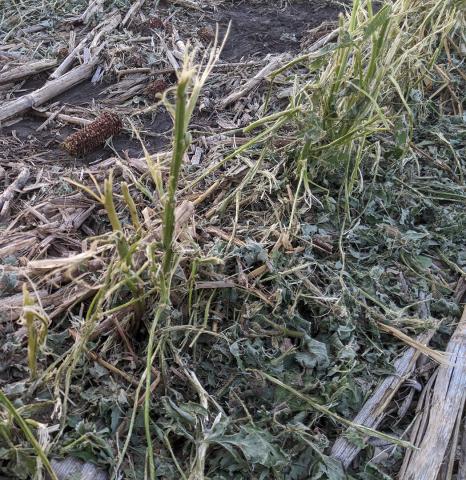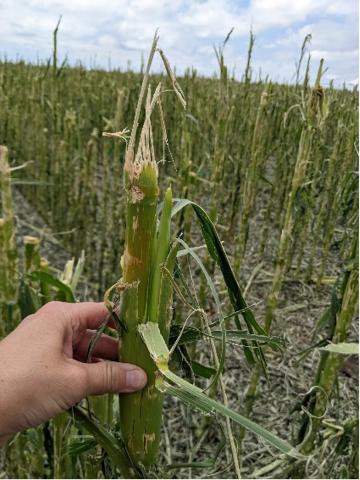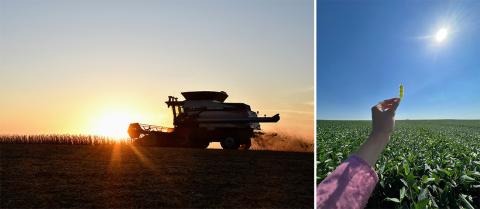Harnessing Residual Soil Nitrogen Following a Dry Season: The Key to Smarter Fertilizer Planning for the Coming Season
November 7, 2024
Higher residual nitrogen levels in the soil from this year's dry conditions might offer a valuable opportunity to optimize fertilizer planning, in turn reducing production costs and improving yields in 2025.
Growers Sought for Potassium Study
September 9, 2024
Boost your yields and refine your practices: Join UNL's potassium fertilization study and gain valuable insights into your soil and crop performance.
UNL-TAPS: Reflections on Seven Years of Irrigation and Nitrogen Management
April 11, 2024
Extension insights on the year-to-year variability in corn yield response to irrigation and nitrogen (N) fertilizer rates throughout seven years of the TAPS sprinkler irrigated corn competition.
Interseeding Cover Crops into Soybean in West-central Nebraska
April 3, 2024
Results of a 2022-23 study on interseeding cover crops into soybean reveal the impacts on soybean seed yield and nutrient dynamics for the following corn crop.
Warm-season Species for Soil Health and Forage Purposes
July 27, 2023
Taking advantage of summer heat and abundant sunlight, warm-season cover crops can accumulate impressive amounts of biomass, cover bare ground quickly, suppress weeds, reduce erosion and improve soil health.
Hail Damage to Soybean in Reproductive Stages and Options
July 14, 2023
Nebraska Extension educators and specialists share replant recommendations for soybean producers recently affected by hailstorm damage.
Hail Damage to Late Vegetative to Silking Corn and Options
July 3, 2024
For producers with crop damage from recent hailstorms, the timing of storms, crop development stage, field damage, subsoil moisture and insurance are important factors to consider when deciding the next course of action.
Nebraska Growers Help Estimate Field Variability in Soybean Protein and Oil Content
June 14, 2023
First-year results of a cooperative, multi-state research project aimed at helping growers achieve soybean yields with higher protein and oil content.


